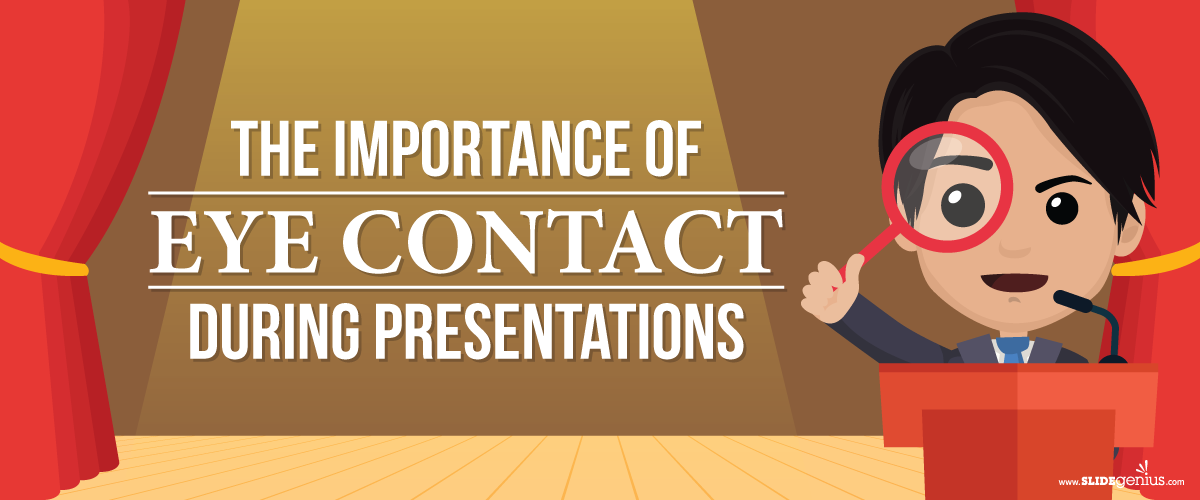
Eye contact is one of the most powerful non-verbal communication tools in a presentation. It helps establish a connection with your audience, builds trust, and boosts your confidence as a speaker. Here’s why eye contact is essential and how to master it during presentations.
1. Builds Trust and Credibility
When you make eye contact with your audience, you show sincerity and openness, which helps establish trust. People are more likely to believe and engage with speakers who look them in the eye.Why It’s Important:
- Establishes Trust: Eye contact conveys honesty and confidence, making the audience more receptive to your message.
- Increases Credibility: Maintaining eye contact with different audience members throughout your presentation makes you appear more credible and authoritative.
How to Do It:
- Practice making eye contact with individuals for a few seconds before moving to another person in the audience.
- Avoid staring at just one person or section of the room; make an effort to scan the audience evenly.
2. Engages the Audience
Eye contact makes your audience feel included and valued, increasing their engagement. When you connect with people visually, they are more likely to stay focused on what you’re saying.Why It’s Important:
- Keeps Attention: Audience members are more likely to pay attention when they feel directly involved in the conversation.
- Increases Interaction: Eye contact creates a two-way communication flow, encouraging audience participation and feedback.
How to Do It:
- Look at different sections of the audience throughout your presentation, as though you’re having a conversation with them.
- Use eye contact to emphasize key points and gauge reactions from the audience.
3. Boosts Speaker Confidence
Maintaining eye contact can make you feel more confident and in control during your presentation. When you see positive reactions from the audience, it reinforces your performance and helps you stay focused.Why It’s Important:
- Increases Confidence: Seeing audience members respond to your message can make you feel more confident and reduce nervousness.
- Creates Focus: Eye contact helps you stay grounded and present, preventing distractions or wandering thoughts.
How to Do It:
- Practice in front of a mirror or with a small audience to become more comfortable making eye contact.
- Start by making brief eye contact, then gradually increase the duration as you become more comfortable.
4. Helps Gauge Audience Reactions
Eye contact allows you to read your audience’s non-verbal cues. You can assess whether they are engaged, confused, or bored, and adjust your presentation style accordingly.Why It’s Important:
- Adapts Your Delivery: By observing audience reactions, you can gauge whether your message is resonating and make adjustments on the fly.
- Improves Engagement: If you notice that your audience is disengaged, you can use eye contact to regain their attention and refocus their interest.
How to Do It:
- Look for signs of confusion or disengagement, such as blank stares or fidgeting, and adjust your tone, pace, or content to re-engage the audience.
- Use eye contact to acknowledge positive audience responses, such as nodding or smiling.
Final Thoughts
Eye contact is a powerful tool that can enhance your connection with the audience, boost your confidence, and make your presentation more engaging. By mastering eye contact, you can create a more dynamic, effective presentation that leaves a lasting impression on your audience. Practice this skill, and watch how it transforms your delivery.





